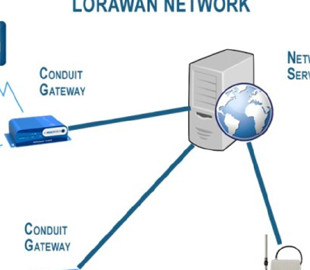
Scientists have developed a new hybrid technology that combines Wi-Fi and the long-range network protocol LoRa , presenting a new technology concept called WiLo. The main purpose of WiLo is to support Internet of Things (IoT) networks, such as sensor systems for agriculture or smart cities, where data transmission over long distances with minimal power consumption is required.
Professor Demin Gao of the College of Information Technology and Science at Nanjing University of Forestry in China explains that Wi-Fi today is limited in range and requires a relatively large amount of energy. At the same time, LoRa technology is characterized by low power consumption and the ability to transmit data over long distances, which makes it popular for IoT applications.
«In WiLo, we have combined these two protocols to take advantage of each of them without the need to introduce additional equipment to combine them «, — Gao noted.
200% Deposit Bonus up to €3,000 180% First Deposit Bonus up to $20,000The research team, which included representatives from universities in Hong Kong, China, South Korea, the United States, and the United Kingdom, as well as Intel employees from Germany, conducted their experiments using a standard LoRa SX1280 transmitter manufactured by Semtech. Although the 2.4 GHz band is used by both Wi-Fi and many other technologies, Wi-Fi and LoRa cannot directly interact. To solve this problem, scientists have developed an algorithm that changes the Wi-Fi data transmission frequency to match LoRa signals.
Technically, the team adapted the Wi-Fi data multiplexing (OFDM) standard to mimic long-range LoRa (CSS) signals. » This allows standard Wi-Fi devices to exchange data over long distances using LoRa technology without additional equipment «, — Gao explained. During tests carried out both indoors and outdoors, WiLo technology demonstrated a successful (96%) data transfer at a distance of up to 500 meters.
It is noted that one of the main advantages of WiLo is the ability of the technology to work on already existing equipment, which reduces the costs of its use and simplifies scaling. However, there are drawbacks. In particular, for the simultaneous operation of Wi-Fi and emulation of LoRa signals, the devices consume a lot of energy. The scientists plan to solve this issue in the future by optimizing WiLo's power efficiency, data rate, and immunity to interference.
«The next step for commercialization will be further optimization of the system, as well as testing of WiLo in various IoT environments. «, — said Gao.

